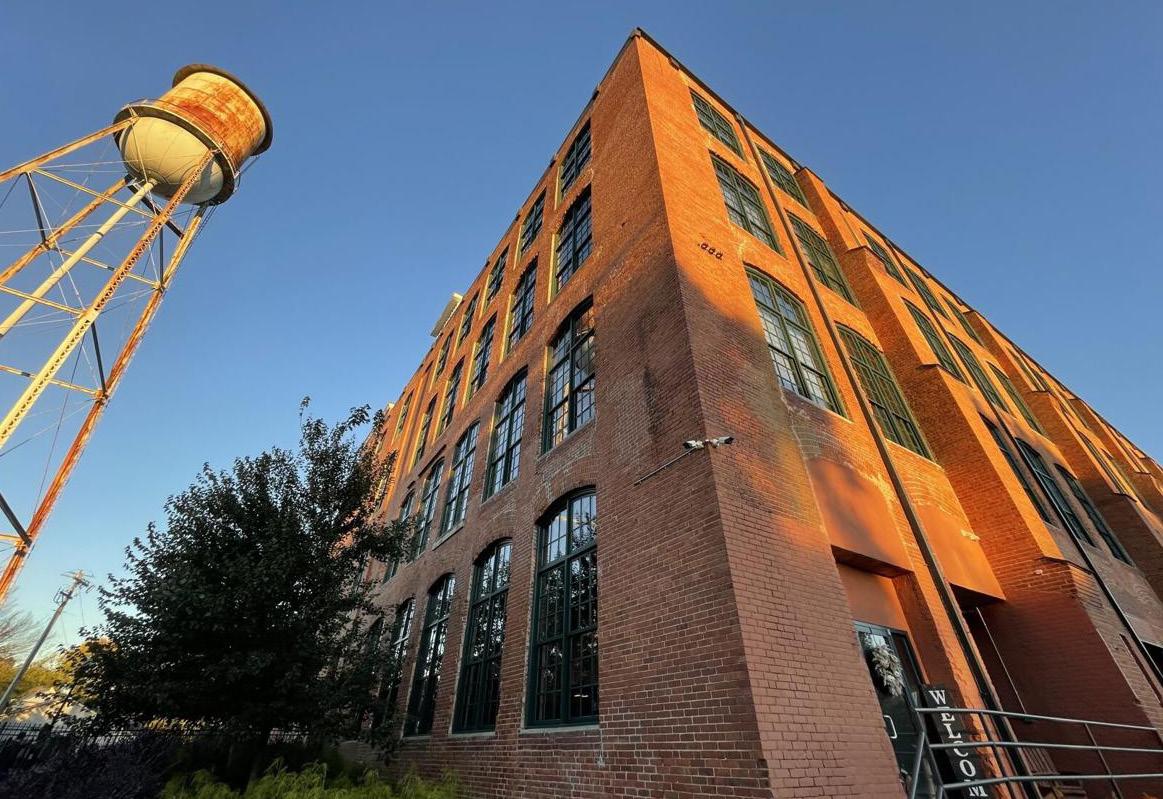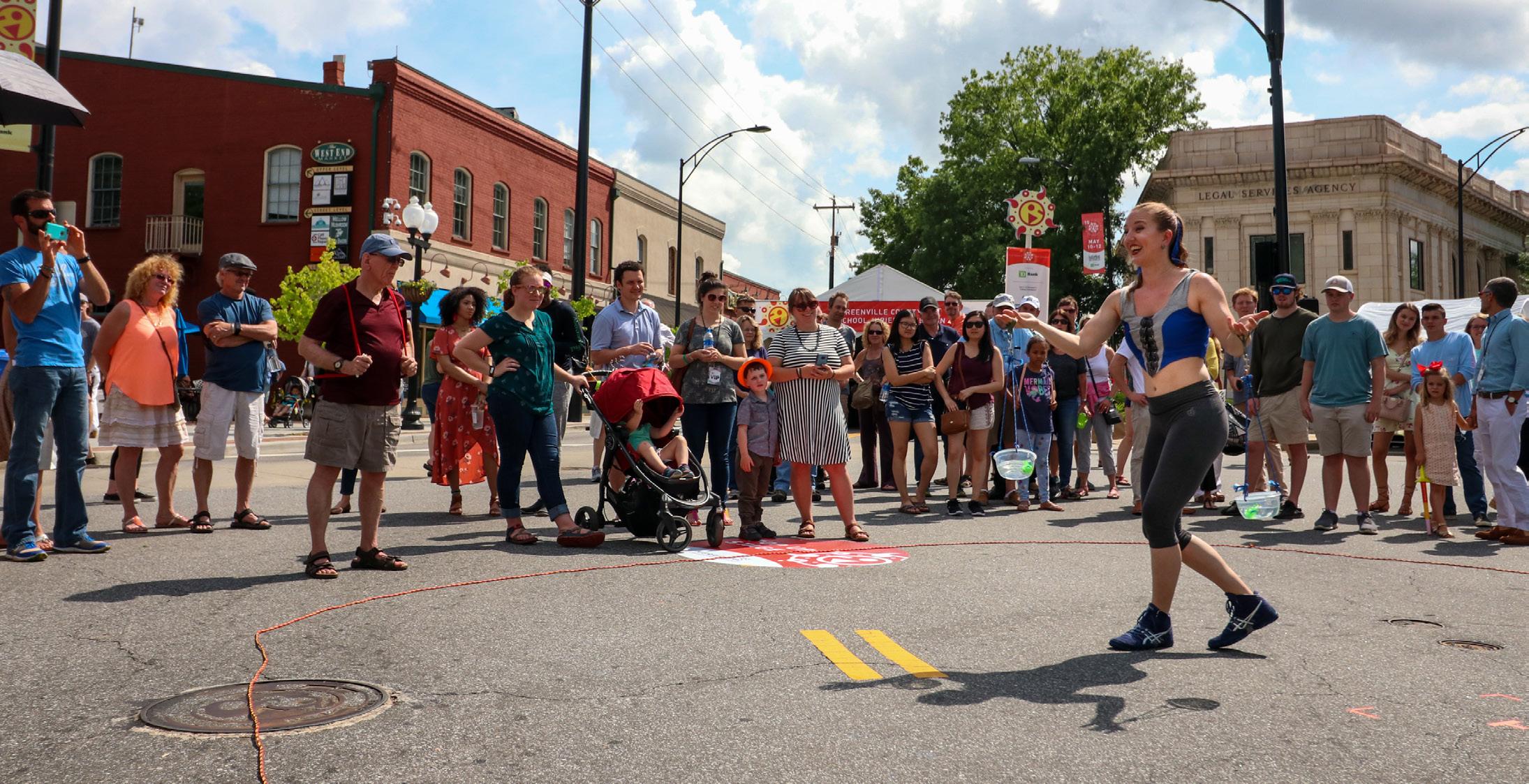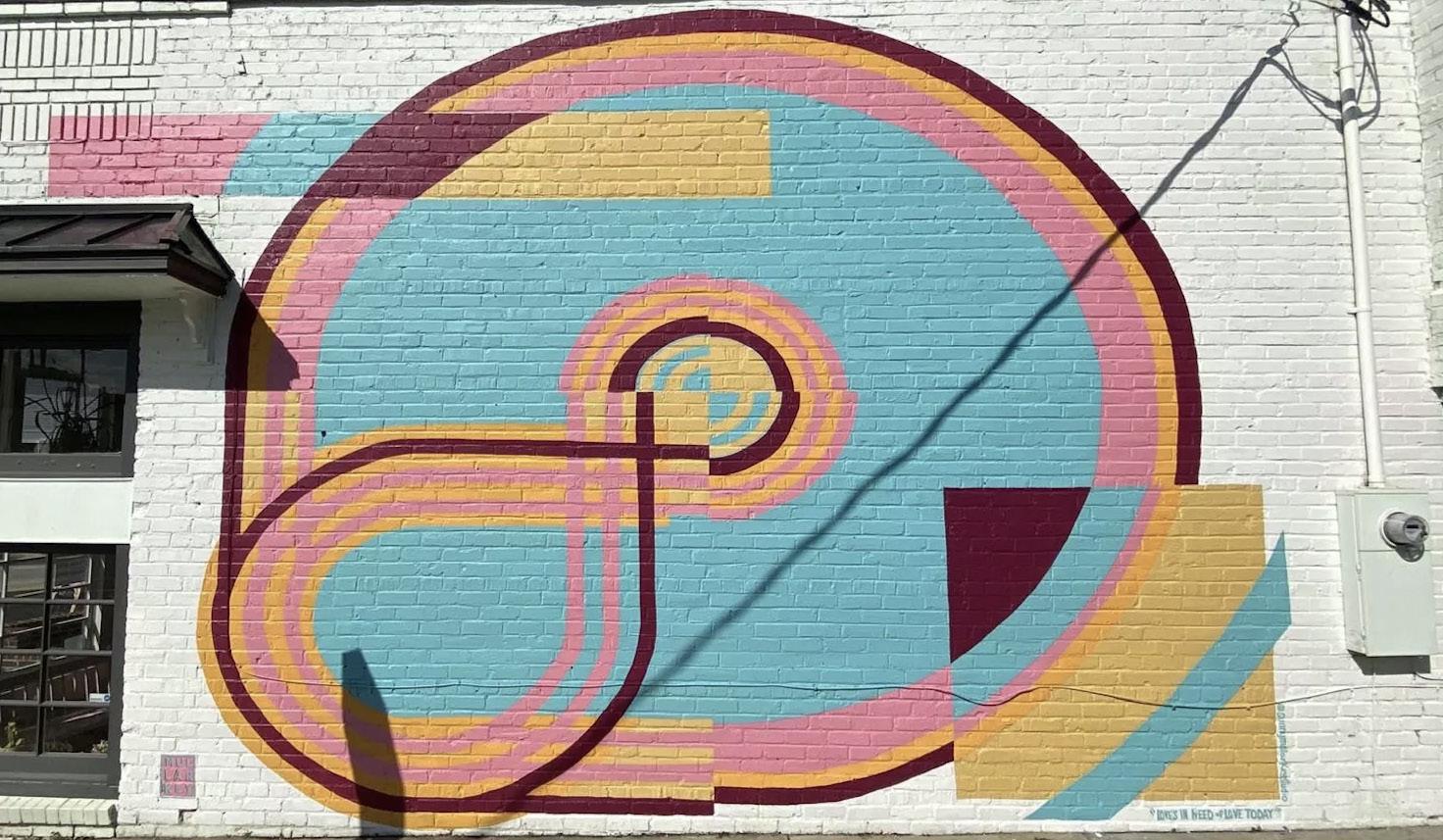
6 minute read
Understanding Historic Protection
It is important to describe the distinction between a local historic overlay district and a National Register Historic District. Though the moniker “National Register” may evoke tones of a strict, federally-mandated protection of any structure listed, it is instead, at the local level, where a property is actually preserved. Indeed, national listing does not prohibit the alteration of a listed property, nor does it even prevent demolition, except for instances of federal funds being applied. Instead, the National Register unlocks funding mechanisms that allow buildings being revitalized to a specific standard, including the restoration of each historic element to its original integrity (walls, floors, ceilings, windows, doors, etc) to have 20 percent of their qualifying rehabilitation costs paid for through corresponding tax credits. Optionally, these credits may be sold to secondary-market investors. Finally, National Register structures must be income-producing properties to receive the tax benefits, although this can include scenarios where the owner of a building transfers ownership to a personal LLC and leases the building back to themselves.
Local historic overlays, on the other hand, can vary widely, depending on the goals and intentions of the particular community. Above all, however, they are intended to protect buildings and neighborhoods regardless of national listing. One strategy is a preservation overlay, which, as used in Greenville today, prohibits the demolition of structurally sound buildings, and requires approval from the Design Review Board for exterior alterations. Specific design guidelines to control new construction are also common nationally in preservation overlay districts. Lastly, neighborhood conservation districts represent another type of local historic overlay. Used in Cambridge, MA and Philadelphia, PA, for example, these legal tools place control of new development, demolition, and exterior alterations into the hands of the neighborhood itself, relying on the decisions of a board or commission, who represents the local residents and other stakeholders. The decisions of this group may or may not be legally binding.
Advertisement
In Cambridge, neighborhood conservation districts regulate the aforementioned three activities, but do not have jurisdiction over changes made outside of view from public rights of way (to the rear of structures or interiors, for example), landscaping choices, paint colors, or normal maintenance. Such entities have seen great success in Cambridge, with six districts in place to-date, but opponents argue they cause unnecessary delays, decisions are bound to a board’s subjective views, and they can introduce unnecessary costs in order to reach compliance. They fear this may cause additional deferred maintenance. On the flipside, advocates have stressed the district’s ability to maintain original architectural details, preserve naturally occurring affordable housing, and promote generational ownership in the face of non-compliant development pressure.
The city’s neighborhood conservation districts are each governed by their own commission composed of volunteers appointed by the city manager and confirmed by the city council. These quasi-governmental bodies are organized under the Cambridge Historical Commission -a body and department of the city that furnishes them with administrative support. The district commissions have the power to levy binding and non-binding decisions, as the municipal code includes an enabling ordinance to provide them with limited control over their jurisdictions -as long as they remain compliant with Cambridge’s established land development regulations. Each neighborhood wishing to create a new conservation district first engages in a study to outline the jurisdiction and its regulatory oversight.
3.2 What is an Arts District?
“Arts districts” are commonly used as a means of economic revitalization in unique areas where artists or creatives align with retail hubs, but the concept begs the question: what exactly is an arts district? This question implicates concepts, definitions, ideas, aesthetics, and primarily location-dependent answers. Today, the Village of West Greenville markets itself as an arts district of sorts, and its current Micro Area Plan highlights its existing qualities using terms like “artistic, entrepreneurial, unconventional, and home to creative professionals” (Wernick & Co, PLLC, 2021). Among other topics, our case studies examine art districts and themes unique to their specified locations. They can help guide suggestions for the Village’s anticipated changes due to increasing development interest in the artist-centered neighborhood.
TAshley (2015), citing Florida (2002), emphasizes the arts as a “critical component” of economic development in Florida’s widely popular book, Rise of the Creative Class: How Creativity is Transforming Work, Leisure, Community, and Everyday Life (p. 39). Arts Economic Development (AED) gained popularity early in the 21st century, though these methods have been foundational to city planning since the City Beautiful movement in the 19th century (Ashley, 2015, p. 40). The City Beautiful movement emphasized public art and design to modernize old cities in combination with sanitation efforts (Ashley, 2015, p. 40). Arts districts today also emphasize elements of public art and design guidelines.
In her dissertation on the development of urban art districts, Johnson (2011) claims goals of AED target “growing economically healthy cities by (1) maintaining or growing the economic base, (2) transforming place, (3) attracting and retaining knowledge workers and residents, (4) stimulating neighborhood arts activities, and (5) supporting sustainable development” (p. 2). Johnson also identifies five different AED typologies, each with distinctive characteristics. These typologies include the Arts Anchored Redevelopment District (AARD), Creative Production District, Artisan/ Artist District, Neighborhood Arts District, and Cultural Taxing District (Johnson, 2011, p. 6). Other literature identifies “artist-centric,” “cultural-production focused,” and “major-arts institution focused” districts (Chapple et al., 2011, p. 226). Many urban scholars debate the concepts of formal and informal arts districts, and how to plan for these districts successfully. Arts areas are commonly associated with gentrification and urban redevelopment, and Vivant (2009) suggests that cultivating relationships between planners and artists can help with opposition to redevelopment processes.

3.2 What is an Arts District?
Art district planning is more than a onesize-fits-all approach; context, culture, and location are crucial, making this type of policy highly subjective and dependent on an area’s needs. Organic and informal art districts typically follow a pattern of artists creating positive change in economically depressed areas, and the same has happened in the Village. Overall, the Village fits the mold for either a Neighborhood Arts District or Artisan/ Artist District defined by Johnson. The Village is generally an organic and naturally occurring cluster and emphasizes micro development and physical revitalization, two of the characteristics of Neighborhood Arts Districts (Johnson, 2011, p. 6). Other attributes of this typology include economic and planning motivations of community development and physical revitalization, a neighborhood scale, the existence of neighborhood art centers (such as GCCA), and includes local artists and local art businesses (Johnson, 2011, p. 6). The Village also includes some elements of the Artisan/ Artist District, such as the incorporation of artist live/work units, and artist housing. The Artisan/Artist typology centers economic and planning motivations on “local consumption, export activity, neighborhood change, and the goal of becoming a regional center” (Johnson, 2011, p. 6). It has the same neighborhood scale and naturally attracts more creatives to the area.
The Village could pull from each of these art district typologies to best promote and encourage its future goals and needs. When meeting with real estate owners and stakeholders of the Village, they brought up the idea of branding it more toward an Artisan district because of the diversity of creative use and production existing today. The Village includes a variety of local businesses such as galleries, restaurants, a culinary and hospitality center, a music school, design agencies, retail start-ups, salons and barbershops, a distillery, and a brewery and winery, to name a few of the innovative commercial activities.
One of the most important themes we identified in the Village, with regard to the arts, is the need for more cohesion. It could benefit from more collaboration, promotional event programming, and ways to engage and gather the community to celebrate its established unique identity in arts and innovation. It is important to continually engage artists, community members, and other stakeholders appropriately to celebrate the arts without driving out the artists who have greatly amplified the Village’s sense of place.
Lastly, interviews with local artist stakeholders revealed the same themes, focusing on the absence of collective marketing for the Village as a destination for art. Today, each creative and studio must be responsible for branding and advertising themselves on their platform of choice. We identified 11 galleries in the Village, including the Greenville Center for Creative Arts, located in Brandon Mill. Eight galleries participate in the monthly First Friday Art Crawl, sponsored by the Metropolitan Arts Council. This event could be great marketing for the Village galleries, but it is confusing to navigate from place to place, further highlighting disconnect in the art community. While the Metropolitan Arts Council is responsible for the event city-wide, it is not responsible for advertisement or areaspecific event facilitation. With a Village-wide organization behind an all-encompassing effort, the ability to brand the entire arts district becomes more intentional, and smaller creators can thrive.








